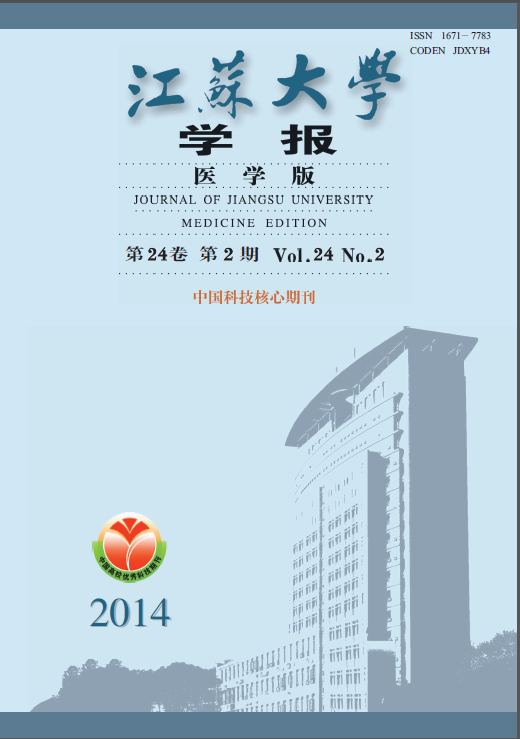● Article
HU Yong-wei, SONG Su-zhen, MIN Qun-yan, SHAO Min
2014, 24(02): 134-138.
Objective: To investigate the impact of different dialysis modalities on the nutrition status and microinflammation of maintenance hemodilysis patients. Methods: Fiftytwo hemodilysis patients were randomly divided into three groups and received hemodialysis(the HD group, 24 cases), hemodiafihration and hemodialysis (the HD+HDF group, 14 cases), and hemodialysis and hemoperfusion(the HD+HP group, 14 cases), respectively, for one year. The malnutrition inflammation score (MIS), C-reactive protein (CRP), serum albumin (ALB), prealbumin (PA), hemoglobin (Hb), handgrip strength, brachial three triceps skinfold thickness (TSF) before and after treatment among the three groups were compared. Results: After one year of treatment, MIS and CRP of the HD+HDF group and the HD+HP group were remarkably lower than that of the HD group(P<0.05); PA, ALB, CRP and TSF were significantly increased in the HD+HDF group compared with the HD group (P<0.05); PA, CRP, handgrip strength were markedly increased in the HD+HP group compared with the HD group (P<0.05), while there was no significant difference in TSF. No significant differences in all indices between HD+HDF group and HD+HP group were found( both P>0.05). Compared with the pre-treatment indices, only Hb markedly increased in HD group(P<0.05), MIS, ALB, PA, CRP, handgrip strength, TSF slightly improved, but there were no significant differences (P>0.05); MIS, ALB, PA, CRP, HB, handgrip strength, TSF notably increased in comparison with pretreatment in HD+HDF group (both P<0.05); and PA, CRP, handgrip strength notably increased in comparison with pre-treatment in HD+HP group (both P<0.05). Conclusion: Hemodiafiltration or hemoperfusion associated with hemodilysis could improve nutrition status and reduce microinflammation better.
